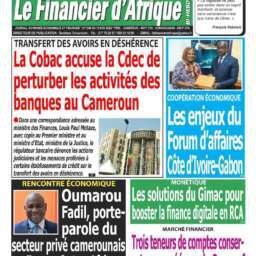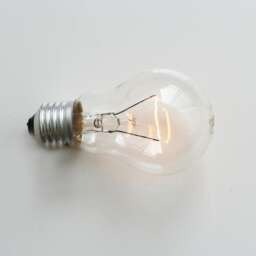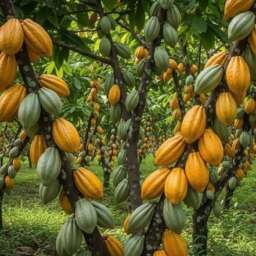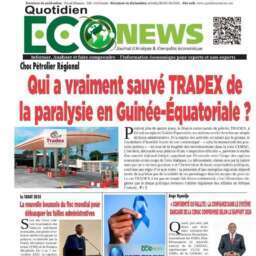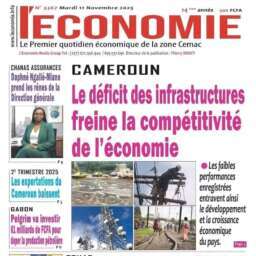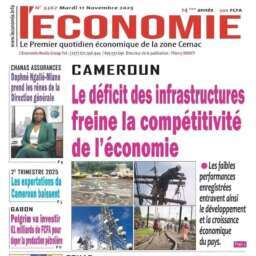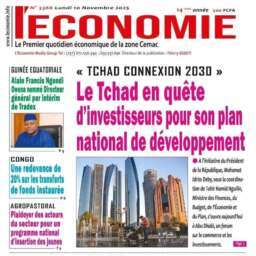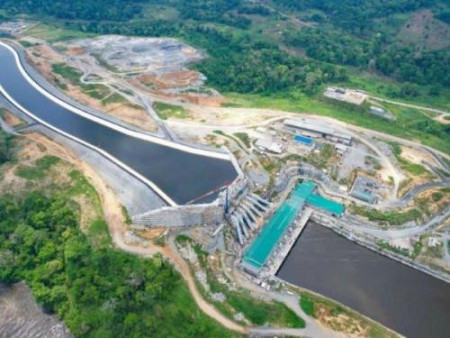(Business in Cameroon) – Cameroon’s National Energy Compact targets electricity exports by 2030 through regional interconnections and increased generation capacity.
- Despite new capacity from the 420 MW Nachtigal dam, the country still suffers from chronic power shortages due to aging networks and heavy debt.
- State-backed utility Eneo carries CFA800 billion in debt and failed to secure a CFA210 billion loan from IFC over financial and governance concerns.
Cameroon has pledged to become an electricity exporter by 2030 under its National Energy Compact, a roadmap developed with international partners to expand sustainable power infrastructure.
“The government of the Republic of Cameroon reaffirms its ambition to become a power-exporting nation by 2030, by strengthening grid interconnections, facilitating energy transit, and increasing exports to other countries,” the document states.
To meet this goal, Cameroon is deepening energy cooperation with members of the Central African Economic and Monetary Community (CEMAC)—including Chad, Congo, Gabon, Equatorial Guinea, and the Central African Republic—and with neighboring Nigeria.
The plan includes commissioning the Cameroon–Chad interconnection line by 2028. Through the Chad–Cameroon Power Interconnection Project (PIRECT), Yaoundé expects to supply 100 MW to Chad starting in 2027 from the newly commissioned Nachtigal hydropower plant (420 MW). Funded by international lenders, the project marks a step toward regional energy integration.
However, most other interconnection initiatives outlined in the Compact remain at early stages. The framework agreement for a Cameroon–Nigeria power link, signed in 2011, has yet to yield tangible results.
Beyond regional cooperation, Cameroon faces structural hurdles. Despite the Nachtigal project boosting national installed capacity by 30% to nearly 2,000 MW, businesses and households continue to endure frequent blackouts.
The main challenge lies in the country’s aging transmission and distribution infrastructure, which requires massive investments amid a severe financial imbalance in the sector. Electricity tariffs have been frozen for nearly 15 years, while production costs keep rising. Meanwhile, the government struggles to pay subsidies to Eneo, the national power concessionaire, and accumulates billions of CFA francs in unpaid electricity bills.
Eneo reported total debt of CFA800 billion at the end of 2024, including CFA500 billion owed to suppliers and CFA80 billion in receivables. Two years earlier, its debt stood at CFA700 billion, with supplier arrears accounting for 48% of the total.
The British private equity fund Actis controls Eneo. Due to its fragile finances and governance issues, the company failed to secure a CFA210 billion loan from the International Finance Corporation (IFC), which was intended to fund critical grid investments.
Analysts say Cameroon’s export ambitions remain uncertain amid underinvestment and limited financing. Yet, success would place the country—home to Sub-Saharan Africa’s third-largest hydropower potential (12,000 MW)—alongside regional exporters like Côte d’Ivoire.
Since the mid-1990s, Côte d’Ivoire has implemented an aggressive infrastructure policy and attracted private investment, enabling it to export power to Ghana, Togo, Benin, Burkina Faso, Mali, and Liberia.
This article was initially published in French by Brice R. Mbodiam
Adapted in English by Ange Jason Quenum




